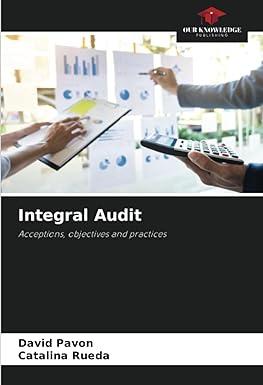Question
9-3: Ester Hydrolysis For this assignment, the target compound that you should synthesize is propionic acid. This is a carboxylic acid derivative transformation. Keep in
9-3: Ester Hydrolysis For this assignment, the target compound that you should synthesize is propionic acid. This is a carboxylic acid derivative transformation. Keep in mind the mechanism and the order of reactivity found in this series. Examine the product and determine the bond that will be formed. Synthesis Procedures 1. Start Virtual ChemLab Organic and select Ester Hydrolysis from the list of assignments. After entering the synthesis laboratory, use the available reagents on the stockroom shelf and identify the appropriate starting materials required to synthesize the target compound and add them to the round bottom flask. Now add water (H2O) as a solvent/reagent and drag the flask to the stir plate on the lab bench. 2. The round bottom flask containing the starting materials should now be on the stir plate, and the contents of the flask should be visible on the chalkboard. From the group of reagents found on the lab bench, select the correct reagent to synthesize the target compound and add it to the flask on the stir plate. Now attach the heater, condenser, and N2 gas to the round bottom flask so the reaction mixture can be heated. 3. Start the reaction by clicking on the Stir button on the front of the stir plate. You should be able to observe the reaction mixture stirring in the flask. Monitor the progress of the reaction using TLC measurements as necessary until the product has formed and the starting materials have been consumed (if you have not previously completed activity 1-1: Using Thin Layer Chromatography, please see the note at the bottom of that assignment regarding TLC in Beyond Labz). You can advance the laboratory time using the clock on the wall. With the electronic lab book open (click on the lab book on the stockroom counter), you can also save your TLC plates by clicking Save on the TLC window. 4. When the reaction is complete, work up your reaction by doing a separatory funnel extraction. Drag and drop the separatory funnel on the flask and then add the appropriate solvent to the funnel. Remember that the addition of any aqueous solvent also adds diethyl ether, although this is not shown (see note at the bottom of assignment 1-2: Performing a Separatory Funnel Extraction). Either the organic or the aqueous layer can be removed by clicking and dragging it to the bench. Your target compound should be in one of these layers. The other layer can be discarded into the red bin. 5. The layer in the round bottom flask may contain multiple products. To separate them, you must carry out a distillation. Drag the flask back to the stir plate. Drag and drop the distillation apparatus onto the flask and attach flowing N2. Start the distillation by clicking on the Stir button. The temperature of the distillation flask can be monitored by hovering your mouse over the thermometer. As the temperature increases, products will evaporate and then distill into the collection flask at the back of the apparatus according to their boiling points. Products that are not needed can be discarded until the desired product is isolated.
List the starting materials, solvent, reagent, and products formed:
How long did it take to finish the reaction?
What are the TLC values (Rf) for (a) Starting Materials:
(b) Products:
Write a mechanism for this reaction
Step by Step Solution
There are 3 Steps involved in it
Step: 1

Get Instant Access to Expert-Tailored Solutions
See step-by-step solutions with expert insights and AI powered tools for academic success
Step: 2

Step: 3

Ace Your Homework with AI
Get the answers you need in no time with our AI-driven, step-by-step assistance
Get Started


